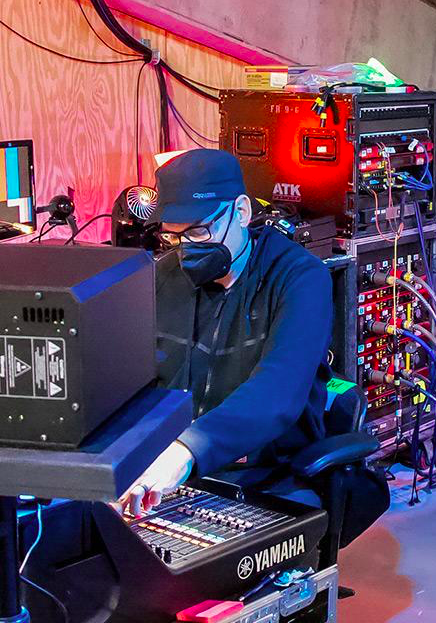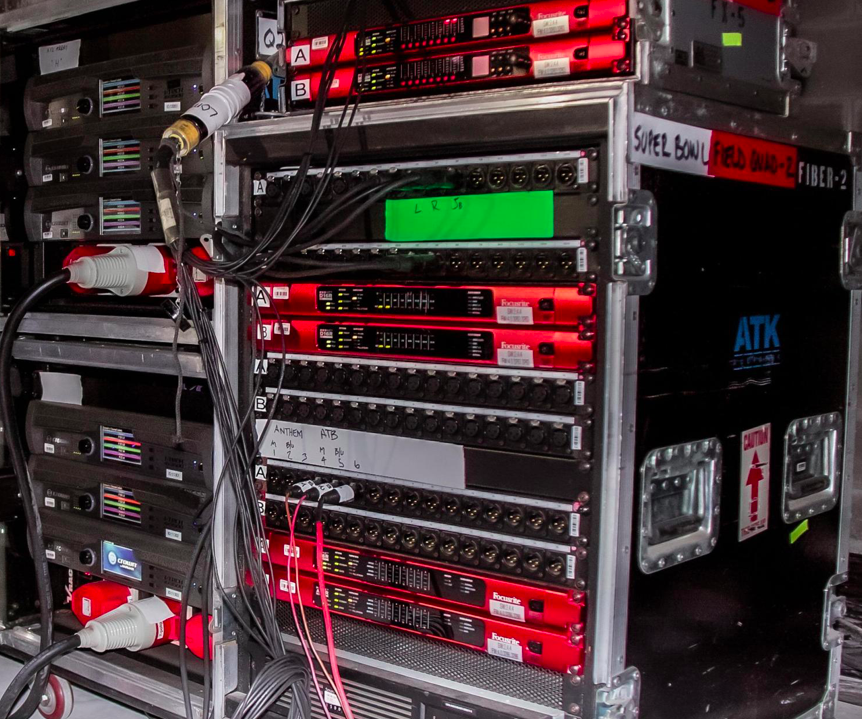ATK Audiotek tackled the sound reinforcement duties for 2021's Super Bowl using an infrastructure backfield of components from Focusrite's RedNet range of Dante-networked audio converters and interfaces.
Since the late ‘70s, the Super Bowl has dominated television ratings, regularly setting records for USA viewership. Despite the realities of the pandemic, which included some disruptions in the NFL's season itinerary as well as limits on live attendance and protocols in place to prevent in-person viral transmission, 2021's Super Bowl LV maintains the distinction of being the USA's most watched television program to date for the year.
A hefty complement of RedNet A16R and RedNet D16R 16-channel interfaces was used to connect digital and analogue sources and feeds to and from a Dante Audio-over-IP network.
RedNet D64R 64-channel MADI bridges were deployed for connecting signals to and from the various digital audio consoles in the system, and for connections between production groups.
In recent years, ATK has rolled an extensive complement of cart-mounted JBL loudspeakers into place in support of the Super Bowl's halftime extravaganza.
“We had the speakers on lifts this year instead of the carts because we were not allowed on the field as per Covid protocol," said Kirk Powell, Super Bowl LV engineer in charge for ATK.
“The lifts are stationary, obviously. They're much closer to the audience, which didn't allow the sound to open up nearly as much as I would have liked. It worked out okay. But, I can't wait to get back to the carts – it just allows more seamless audio. We used RedNet gear for drive distribution for all of the speakers."





